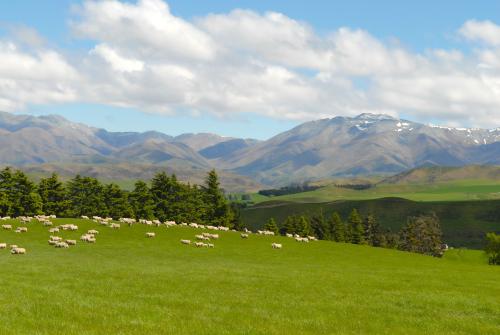Search results
Displaying 131 - 140 results of 695
- News… crops should have plans in place to manage stock and crops through adverse weather. This … feed and increasing the area available to livestock. Saving crop in a lower risk, sheltered … weather or snow can be useful, as can moving stock to lower risk paddocks. For example, …

- External resource… farm owners farm owneroperators farm managers stock managers shepherds were … might have been missed postal phone digital survey subtle changes body language andor … stability sloped land improving shade shelter stock improve farms aesthetics famers often …
- Resource book… often talk about focus how better manage livestock often confused about aware genetic … finishers however also contended nzs beef seedstock producers could also benefit from … repro data referenced poukawa calf rearing survey calves fed 250kgdm meal pasture from …
- … obtained from series meetings combined later survey enable quantification views key issues … kicked media ruminant methane taxed end livestock industry theres lots good stuff you you … rural new zealand farmers respect value livestock remind new zealand why eat meat finding …
- Factsheet… result has been 9 percent decline sheep stock units since 2017 184 although supports … 1990 here httpswwwstatsgovtnzindicatorslivestock numbers see summary lifecycle analysis … deforestationintentionssurvey2022 note relationship between hectares …
- News… Farmers buying in stock this autumn are being reminded of the …

- Resource book… large numbers you can spray zinc pasture quit stock early build feed reserves aim light … replacement ewe lambs hoggets aim lightly stocked through danger period neighbouring … check drenching gun delivers correct volume survey serum zinc levels dairy farms using …

- Other PDF… critical supplies business recovery exit livestock from properties part routine business … commercial sheep beef farms defined those 750 stock units more whom farming business … affected areas used lnzs sheep beef farm survey forecasts basis calculating losses …
